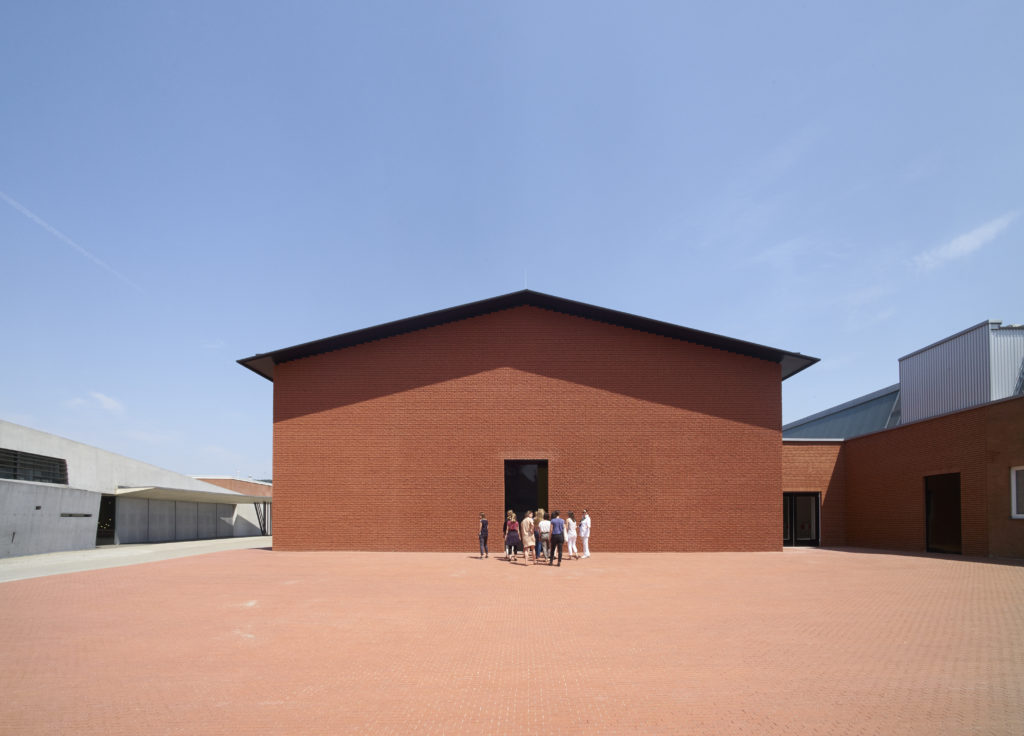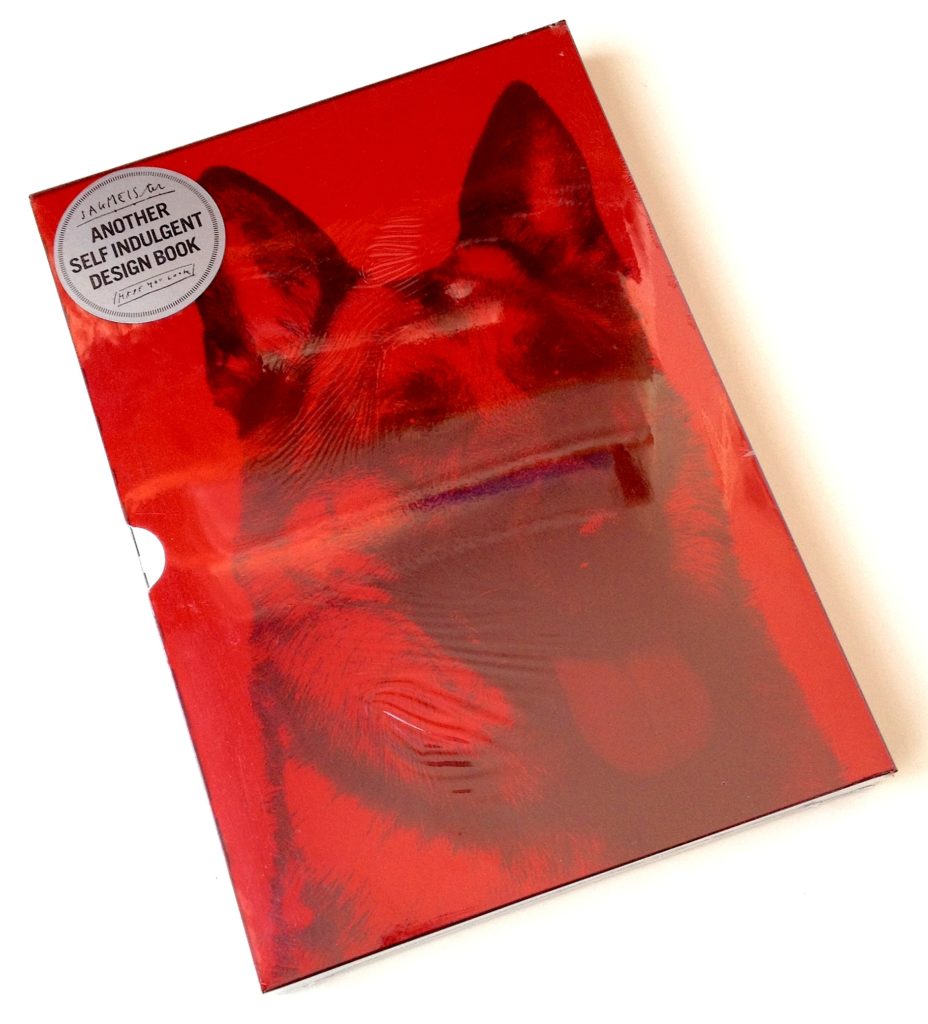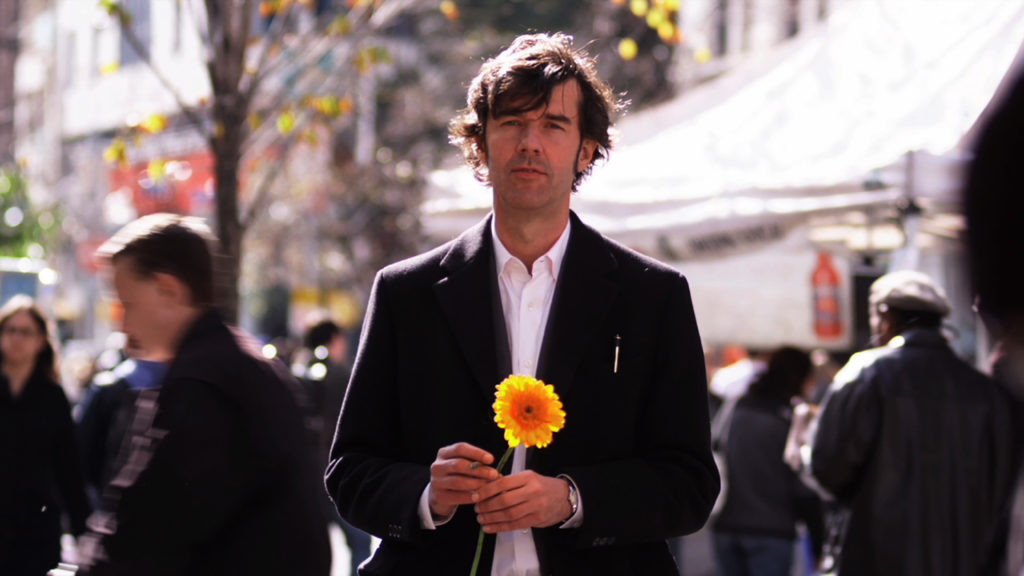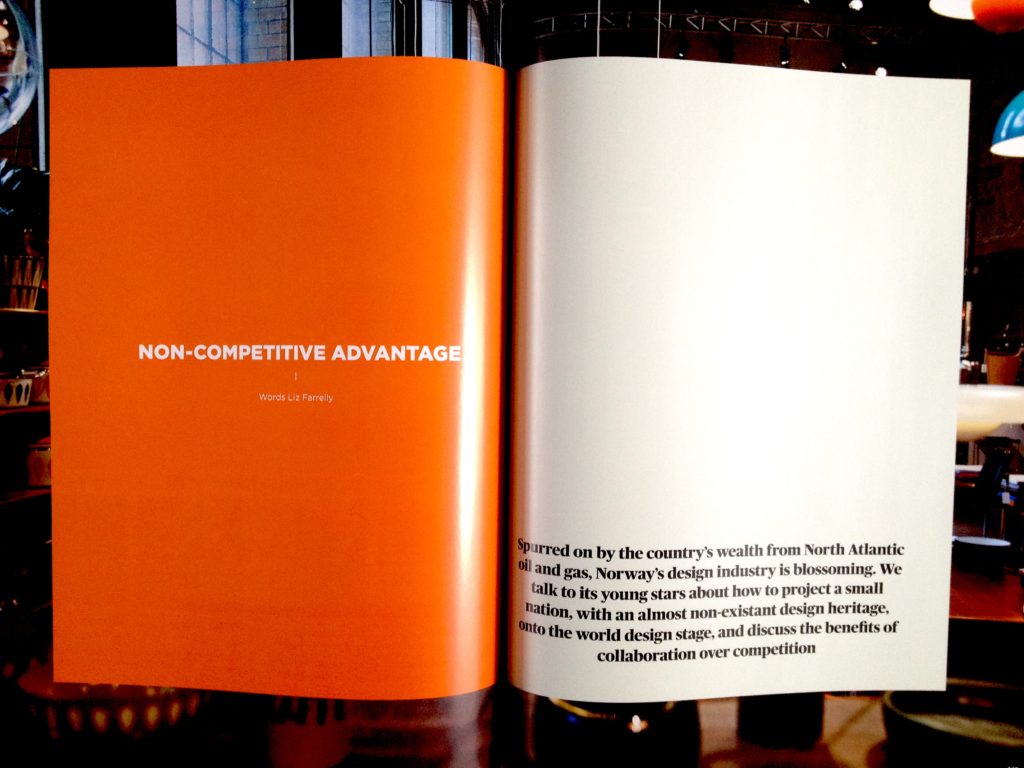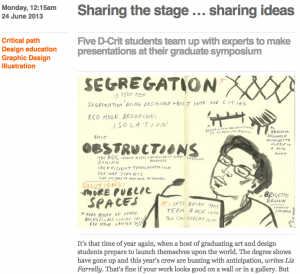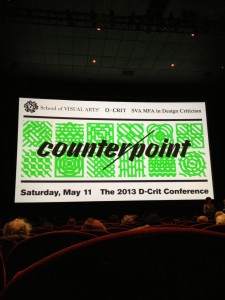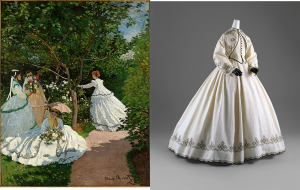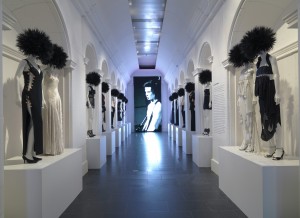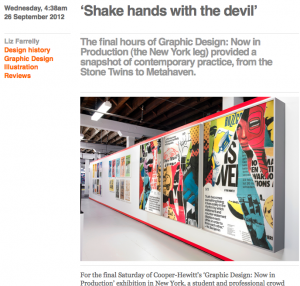I’m taking some time this summer to document activities over the last few years, including occasional academic papers delivered at conferences and workshops. Images are from PowerPoint presentations and include quotes projected so as the audience can read along with references in the text. This paper was delivered “live”, and although it’s been re-edited for the page, I decided not to include footnotes or formal citations; all documents referred to are in the Design Museum archive, which is being catalogued, and mentioned texts are listed at end. This is a work-in-progress relating to my doctoral thesis, so if it feels truncated that’s because I’m using this blog as an “ideas store”, with the intention of expanding and deepening my arguments in the thesis.
Curating Popular Art
Whitechapel Gallery
77-82 Whitechapel High Street, London E1
14 June 2013
Organised with the University of Brighton Design Archives; a study day to accompany the exhibition
Black Eyes and Lemonade: Curating Popular Art
9 March to 1 September 2013

As the recipient of an AHRC Collaborative Doctorate Award, pairing the University of Brighton with London’s Design Museum, I’m looking at how definitions of design are produced and evolved within museums.
Good Victorian that he was, Henry Cole’s aim as founder of what is now the Victoria and Albert Museum, was to create an institution that informed manufacturers, workers and the public about the benefits of “good design”, so as to encourage the production, consumption and export of well-designed and efficiently-made “everyday” products, which would reinvigorate British industry. Jump to 1917, and Hubert Llewellyn Smith, Head of the Board of Trade and an early advocate for design education and design promotion suggested that a new museum of industrial design would help this cause. (The Board of Trade went on to set up the Council of Industrial Design, later the Design Council, and administrated the Victoria and Albert Museum up until the early 1980s). Such rhetoric around design promotes a series of promises; that “good design” will facilitate economic development, cultural innovation and social improvement. This discourse of design promotion has been central to the growth of institutions dedicated to the collection and display of designed objects. I’d suggest that now there is a more pressing need to present a truly comprehensive vision of the role and benefits of design; instead of “good design” might we consider “design for good”? But are design museums still fixating on Cole’s vision? Promoting individual designers and showcasing “the best” products of the year may fulfil the aims of a design museum, but explaining the design process and its multifarious activities and outcomes – showing design to be a tool for engagement and change – would more closely demonstrate “what design is now”. So, when it comes to design in museums, we are on the cusp of change.
Continue reading →


